JohnQuixote
Ideal_Rock
- Joined
- Sep 9, 2004
- Messages
- 5,212
GIRDLE TREATMENTS: Cheated, Tweaked, Digging and Painting

DIGGING and PAINTING are descriptive of polishing techniques used on a diamond’s girdle facets. When the direction of polish on the wheel is from girdle to crown (or towards culet) it is called digging. When it is run from star (or from culet) to girdle it is called painting. All manufacturers cut and polish diamonds to acquire reasonable recovery. Digging and painting happens routinely, depending on how thick the girdle is after blocking out. The techniques are not used with light performance in mind, they are for weight retention.
(more elaborate descriptions are given several posts below)
Directions of Polish
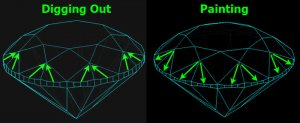

DIGGING and PAINTING are descriptive of polishing techniques used on a diamond’s girdle facets. When the direction of polish on the wheel is from girdle to crown (or towards culet) it is called digging. When it is run from star (or from culet) to girdle it is called painting. All manufacturers cut and polish diamonds to acquire reasonable recovery. Digging and painting happens routinely, depending on how thick the girdle is after blocking out. The techniques are not used with light performance in mind, they are for weight retention.
(more elaborate descriptions are given several posts below)
Directions of Polish


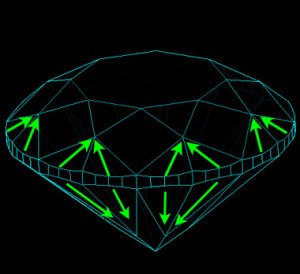

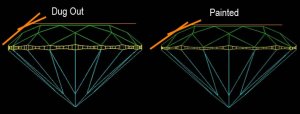
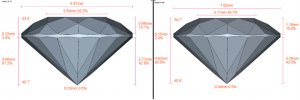
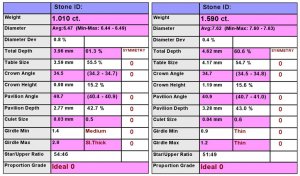
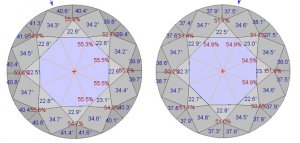
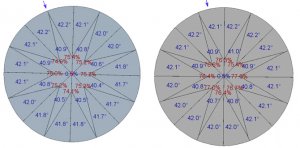

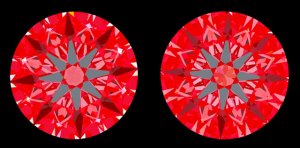

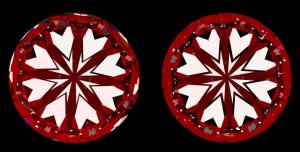

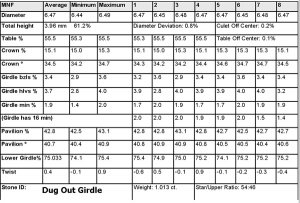
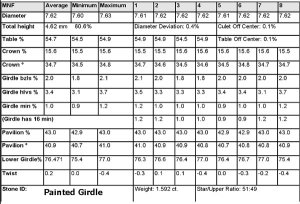





300x240.png)